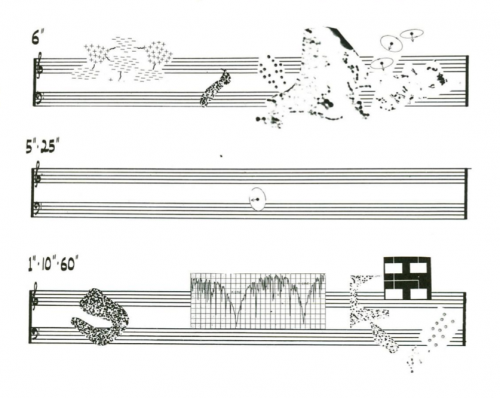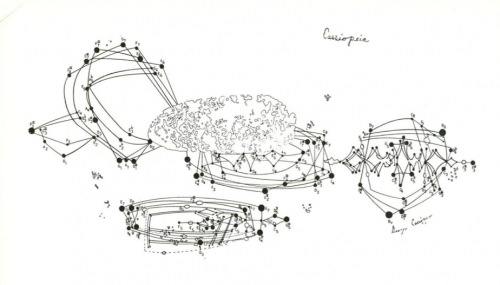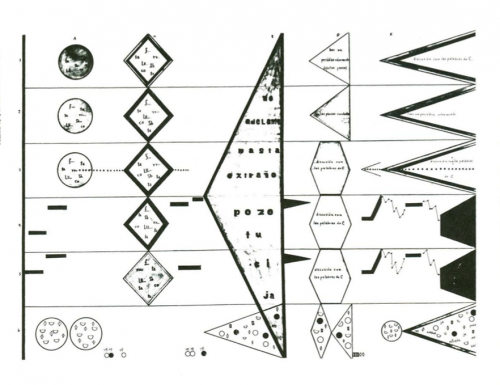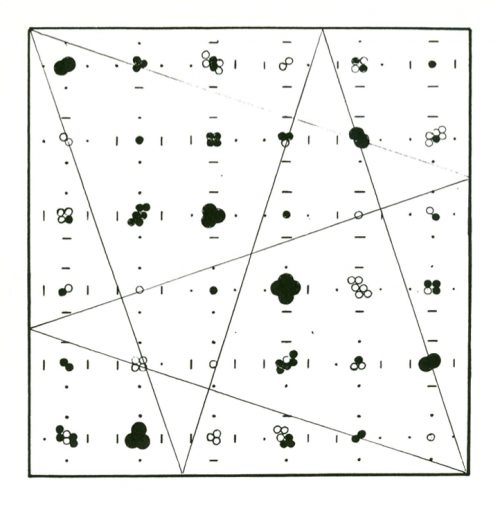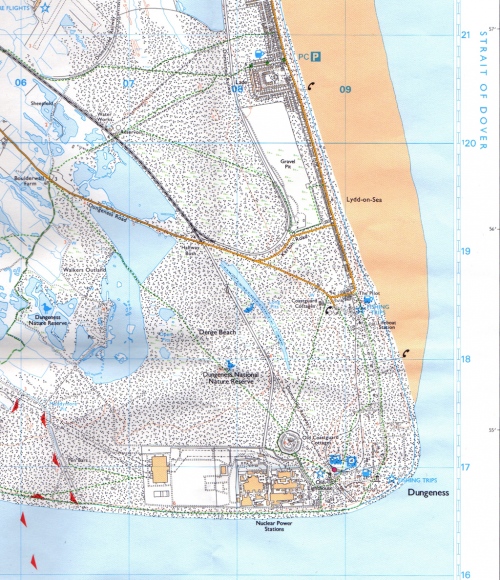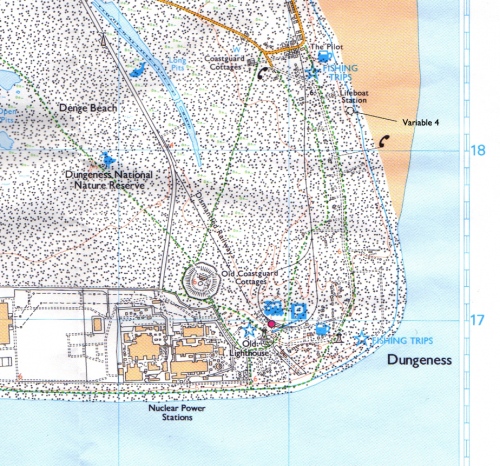Archive for March, 2010
leaving brixton village’s Remade workshop after a session with the geopiano, a piano-sculpture by Rashad Selim http://twitpic.com/1agu75
Tuesday, 23 March 2010
leaving brixton village’s Remade workshop from recording the geopiano, a piano-sculpture by Rashad Selim http://twitpic.com/1agu75
Tuesday, 23 March 2010
xeno-canto: a fantastic public database of recorded bird sounds, browsable by map, location and species. http://www.xeno-canto.org/europe/
Sunday, 21 March 2010
Scores from “Notations” (1969)
“Notations” (1969) is a collection of one-page musical manuscripts collected by John Cage and Alison Knowles and documented via chance operations produced with the I-Ching. Having never been reprinted, it’s exorbitantly expensive to obtain a copy of, but the wonderful people at UBU Web have made available a pdf copy.
Location map
Map of the installation site and surrounding area, from Ordnance Survey Explorer Map #125.
Nearby landmarks include:
- The Pilot Inn, one of Dungeness’s two fine pubs
- Dungeness RNLI Lifeboat Station, which should be open to visitors throughout the Saturday daytime
Audio excerpts #1: Centipede
Prominent in its absence from the v4 blog is any trace of sound – which, as a document of a piece of music, is somewhat remiss. We’ll be remedying this over the coming weeks with audio excerpts of the piece as it develops. As much of the score will take the form of open forms, harnessing indeterminacy from the sensor inputs, we’ll do our best to explain the underlying processes behind each.
This first excerpt is a 4-note arpeggio taking a random walk on a chromatic scale, with velocity and note length similarly following a Brownian pattern (that is, incrementing or decrementing by a small amount each note event). It’s a simple technique but, with this variance in dynamics, one that sounds surprisingly organic.
As a comparison, here’s the same process but with fixed dynamics. Its machinic character is pretty glaring.
Perhaps one of the biggest challenges of producing the algorithmic sections of Variable 4 is making them sound as organic as possible, blending evenly with the manually-performed elements. This Brownian-dynamic technique goes some way to alleviate the synthetic flatness, and will undoubtedly be a useful magician’s trick in our toolbox.
This sketch was produced from a short SuperCollider patch, whose code can be seen below. We’re currently in the midst of porting this to Max For Live, via a pattern library that we’re developing for v4 but will undoubtedly have uses in the wider world. More on this soon.
// send MIDI data via internal IAC driver
// (OS X specific, needs to be configured in Audio MIDI Setup)
MIDIClient.init
m = MIDIOut.newByName("IAC Driver", "A")
// rapidfire random walk
p = Pbind
(
\type, \midi,
\midiout, m,
\midinote, Pseries(64, Pwrand([-1, 1, -7, 7], [0.49, 0.49, 0.01, 0.01], inf), inf) +.x Pseq(#[0, 3, 7, 5], 1),
\dur, Pfunc({ TempoClock.default.tempo = TempoClock.default.tempo * (1 + 0.05.rand2); TempoClock.default.tempo.postln; 0.05 }),
\amp, Pbrown(0.03, 0.1, 0.01, inf) + Pwhite(0.02, 0.06, inf) + Pseq([0.01, 0.02, 0.03, 0.01], inf),
\legato, Pbrown(0.3, 1.7, 0.5, inf)
).play;
just got off the phone to dungeness RNLI lifeboat station, who’ve kindly agreed to provide us with facilities for the installation. yee-ha!
Friday, 5 March 2010
images of dungeness: the shingle desert. http://www.variable4.org.uk/news/59
Wednesday, 3 March 2010
Images of Dungeness: Shingle Desert
Photos: Julia Hodgson

